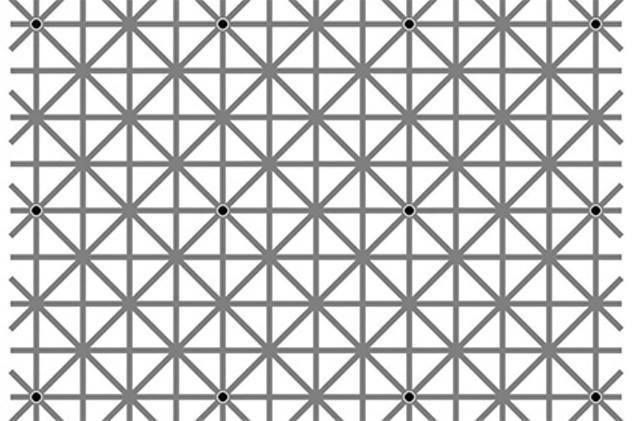
| Added | Mon, 12/12/2016 |
| Sources | |
| Феномены | |
| Version type |
It seems that in front of him, the side he sees is the same, even if in reality it is not. The brain tries to equate visual perception. This illu obey all the parameters: shape, brightness, movement, etc. If this illusion occurs, it lasts for quite some time, despite large differences in visual stimuli.
Usually from the lateral view, the person receives little information, and the brain tries to fill in the gaps, information that was obtained from direct view (or information based on previous experience). This effect is characteristic of many of the basic visual functions and is a General and fundamental perceptual mechanism.
Thus, if you change the images on the periphery, people may not notice it. This leads to a "surprise" appearance of change and awareness of inconsistencies with the real picture visible.
Peripheral vision covers a very small area of space, so our visual system is closely linked with the "creative" areas of the brain "draws" elements, which we do not see. Created this picture contains serious distortions, which are very much at odds with objective reality.
Translated by «Yandex.Translator»
Professor of psychology, Akiyoshi Kitaoka from Japan published in the "Facebook" image, which depicted 12 black points on intersecting gray lines. The feature of the figure is that the human eye can not see these points simultaneously.
The source images can be considered as the journal Perception, 2000. At the same time and due to this illusion. It is based (like many other illusions) on the fact that the brain completes the picture, based on their own ideas about it (this is characteristic of peripheral vision). In this case, the brain "draws" a gray grid.
Translated by «Yandex.Translator»
Related news
Log in or register to post comments


